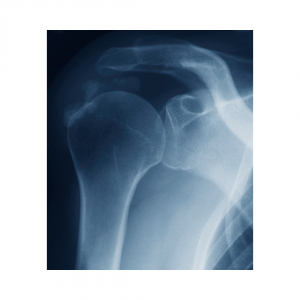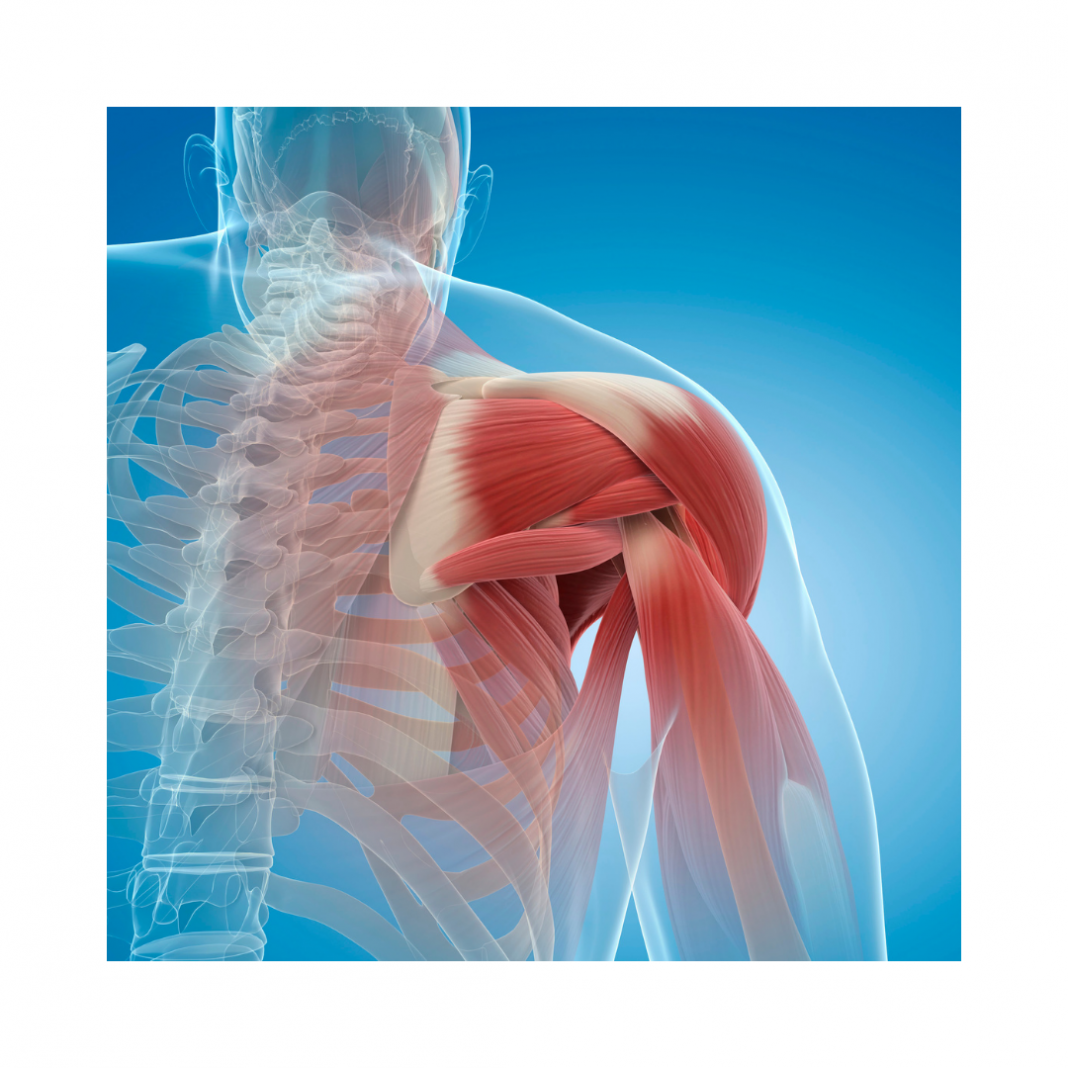Submitted by Dr. Jennifer Penrose of Penrose & Associates Physical Therapy
Pain is interesting. It doesn’t always tell us what caused the pain. And to make if even more complicated the onset of pain can be delayed by several days and even weeks from the initial injury. This can be super frustrating to figure out what is wrong, how to fix it, and how to prevent it from happening again. Let me try to tell a common story about shoulder pain that seems to come from nowhere. We will call him Bill. Bill noticed a slight ache in the top side of his shoulder that steadily increased over the last few weeks. He didn’t recall doing anything that caused the pain. We chatted a little more and I asked about any arm activities in the last two months. He did say several weeks prior he had done a little more yard work that required some overhead activity. He said it was fatiguing but didn’t notice any pain. This is a common history with shoulders. We do something a little more strenuous overhead that we don’t do on a regular basis and then a few days to a few weeks later we notice an ache that gets worse.

What Causes the Ache?
Why does this happen? Let me try to explain it. The shoulder is a very mobile joint and it has approximately 18 muscles that influence it and shoulder blade. The shoulder joint has four key muscles that provide key shoulder stability at shoulder height and above called your rotator cuff. Unfortunately, the design of the rotator cuff has a poor blood supply to the tendon portion and this gets worse as we age. This area of the rotator cuff often gets “pinched” in the shoulder when working at shoulder height or above. This pinch can happen for various reasons, but it is most common when we are tight in certain areas of our chest and muscles that tend to pull our shoulders forward or our posture forward.
How Does This Happen?
If you do not stretch and keep your shoulder, thoracic spine (upper back), and chest mobility, you will have limited range of motion in the shoulder creating an opportunity for pinching the tendon when working at shoulder height and above. Tightness can develop over time from poor posture habits, especially at the computer for prolonged periods of time. Another cause of “pinching” on the rotator cuff tendons is a bone spur.
Bone spurs are from arthritis and combined with shoulder, chest, and upper back tightness, does not leave enough room in the shoulder joint. Moving in certain combinations will “pinch” the rotator cuff tendon and create rubbing/friction on the tendon and sometimes the bursa. Repeated friction and pinching on the tendon can cause gradual tearing over time.

Hopefully you can see how important the correct stretching routine is. If you do the wrong exercises/stretches you could make this situation worse and cause a tear.
Back To Our Patient
Back to Bill’s story. Once we evaluated his movements, joint stiffness, muscle flexibility, and strength, we ruled out his pain was not coming from his neck (special orthopedic tests). We found he had tightness in the chest, thoracic spine, neck and shoulders. He needed some hands-on mobilizations and release of the stiffness from us and then he was given ways to work on those at home without causing joint pain or worsening of symptoms. His medical diagnosis was “impingement” and “rotator cuff strain” but we outlined all the muscles involved and what he could do to fix it and prevent it from coming back. Bill’s first four to six visits focused on pain “relief.”
The next four to six visits were focused on “restore,” which involved more aggressive range of motion, stretching, and also improving the strength and coordination of the rotator cuff and shoulder blade muscles. We also covered lifting and reaching in ways that would not irritate the shoulder as much and emphasizing long term success and prevention. In fact, here is a pro tip: Always put your arm into a sleeve with your thumb up and reach for things with your thumb up. This will be less painful than thumb down as it allows more space in the shoulder joint and less pinching on your rotator cuff.
I hope you can see that when you think you haven’t done anything lately you may need to go back in time and also really look at your posture and your flexibility. You need to understand that the shoulder is often irritated easily from overhead activities. The rotator cuff needs special TLC and the right exercises to keep it working for life. We are happy to help!
You can also download our free tips report on shoulder pain here.
If you have any questions or want to schedule an appointment for physical therapy, call us at 360.456.1444 or email us at info@penrosept.com.
Penrose & Associates Physical Therapy
1445 Galaxy Dr. NE Suite 301, Lacey





















































